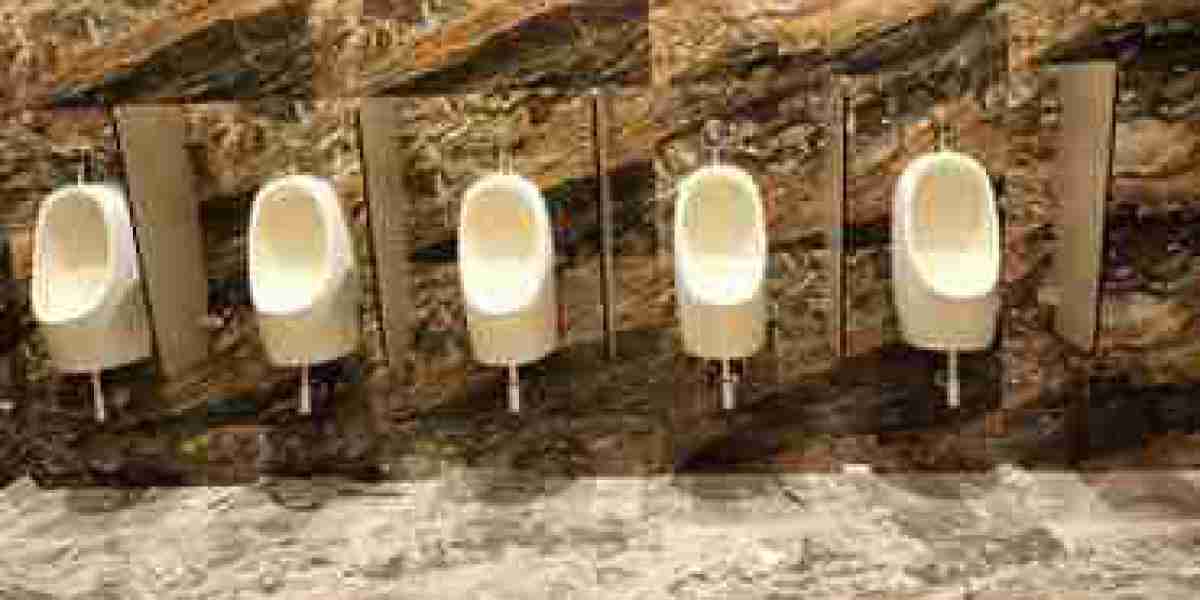When it comes to designing and outfitting washrooms, whether in public spaces, offices, or commercial establishments, the quality of toilet cubicles plays a pivotal role. Beyond aesthetics, a well-built toilet cubicle contributes to hygiene, privacy, durability, and overall user satisfaction.
1. Privacy and Comfort
One of the primary functions of toilet cubicles is to provide a private, secure space for users. High-quality cubicles often have features like full-height doors or panels that minimize gaps, offering maximum privacy and comfort.
Additionally, thoughtful features such as sturdy locks that indicate occupancy and smooth-operating doors enhance the overall user experience. Privacy screens between urinals, particularly in men’s washrooms, can also add an extra layer of comfort.
2. Durable Materials and Construction
Toilet cubicles are exposed to constant use and varying environmental conditions, including humidity, moisture, and potential impact. Therefore, quality cubicles are constructed from robust materials like compact laminate, solid grade laminate, or stainless steel.
These materials are not only resistant to wear and tear but also provide protection against water damage, rust, and other corrosive elements. Investing in high-quality materials ensures that the cubicles remain sturdy, easy to clean, and visually appealing for years to come, reducing maintenance costs in the long run.
3. Hygienic Design
Hygiene is paramount in any washroom environment. Quality toilet cubicles are designed with features that help maintain cleanliness and minimize the spread of germs. For instance, the use of antibacterial surfaces or coatings can inhibit the growth of bacteria and mold, making it easier to maintain a sanitary environment.
Cubicles with smooth, easy-to-clean surfaces, concealed hinges, and minimal joints help prevent the accumulation of dirt and grime. Furthermore, the incorporation of touchless or hands-free hardware, such as motion-sensor flush systems and no-touch locks, can significantly enhance hygiene standards.
4. Water and Moisture Resistance
A toilet cubicle’s resistance to water and moisture is essential, especially in high-traffic areas like public restrooms, gyms, or pool facilities. Moisture-resistant materials, such as compact laminate or PVC, are ideal for these environments.
These materials are designed to prevent swelling, warping, or degradation even when exposed to water over extended periods. Ensuring the toilet cubicles are sealed properly with waterproof edging and fittings is also crucial in maintaining their integrity and lifespan.
5. Stylish and Versatile Design Options
The aesthetic appeal of a washroom can significantly enhance the overall perception of a facility. Quality toilet cubicles are available in various styles, finishes, and colors, allowing for a cohesive design that matches the space's decor.
From sleek, minimalistic looks to bold, vibrant colors, the options are diverse. Additionally, customizable features such as different door and panel heights or specialized fittings like brushed metal handles and lock systems enable designers to create spaces that feel modern and inviting.
6. Accessibility and Inclusivity
Ensuring that washrooms are accessible and inclusive is a crucial consideration in modern design. Quality toilet cubicles often include options for disability access, incorporating features like wider doors, support rails, and enough space for maneuvering wheelchairs.
Inclusive designs may also feature unisex or family cubicles, which can accommodate parents with young children, making the washroom more user-friendly for all visitors. The inclusion of these features reflects a commitment to providing a welcoming and accommodating environment.
7. Acoustic Control for Noise Reduction
No one likes the discomfort of an echoing restroom. High-quality cubicles often incorporate materials designed to reduce noise, offering acoustic control that minimizes the sound of doors closing, toilet flushes, and other washroom activities.
Sound-absorbing materials or panels can significantly enhance user comfort by creating a more pleasant and private atmosphere. This feature is particularly important in places like offices, hotels, or upscale commercial buildings, where maintaining a calm and noise-free environment is valued.
8. Ease of Installation and Maintenance
A good toilet cubicle system is one that is easy to install, maintain, and repair if necessary. Pre-fabricated systems or modular cubicle designs allow for quick and efficient assembly, reducing downtime and labor costs.
Additionally, cubicles that offer easy access to plumbing or other infrastructure make maintenance tasks less disruptive. Features like replaceable panels or hardware components mean that repairs or updates can be performed without having to replace entire cubicles, providing long-term value and flexibility.
9. Sustainable and Environmentally Friendly Materials
Sustainability is increasingly becoming a focus in construction and design, and washroom cubicles are no exception. Quality toilet cubicles may be made from recycled or eco-friendly materials, such as sustainably sourced timber or low-emission laminates.
These materials not only reduce the environmental impact of the cubicles but also provide an opportunity for businesses to align with green building certifications and standards. Incorporating sustainability into washroom design showcases a commitment to environmental responsibility, which can be a positive reflection on the overall brand image of a space.
Conclusion
When it comes to selecting the right toilet cubicle manufacturers in Delhi for any space, quality should never be compromised. Investing in cubicles that offer durability, hygiene, privacy, and aesthetics not only ensures a better experience for users but also leads to long-term savings and satisfaction. By focusing on the features outlined above, you can create washroom environments that are not just functional, but comfortable, welcoming, and inclusive.


